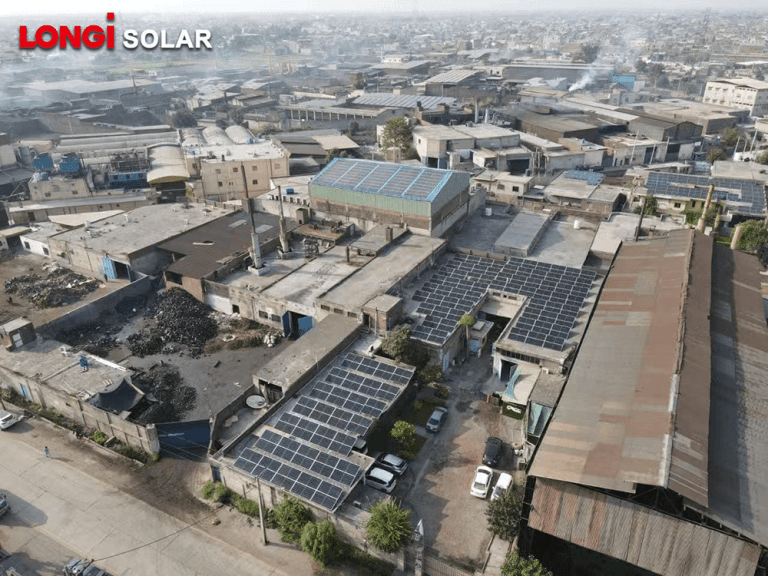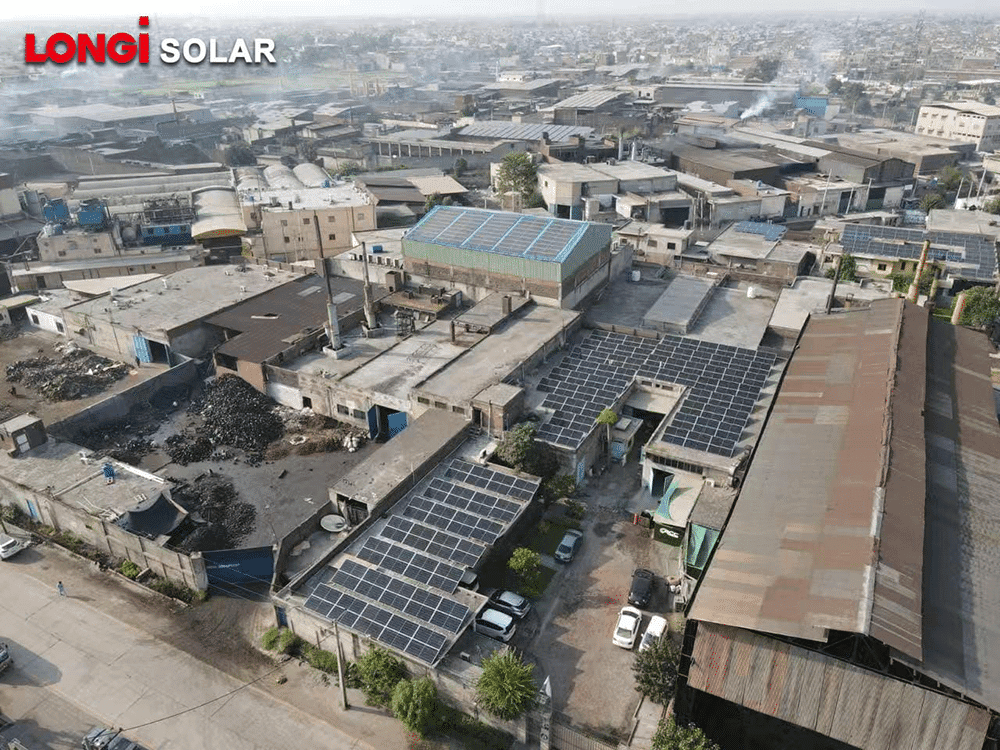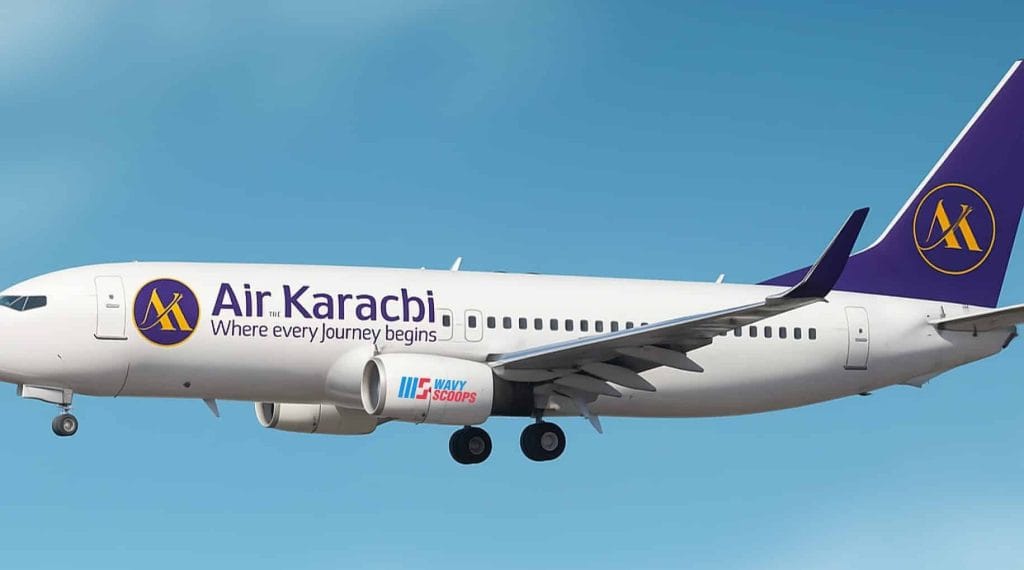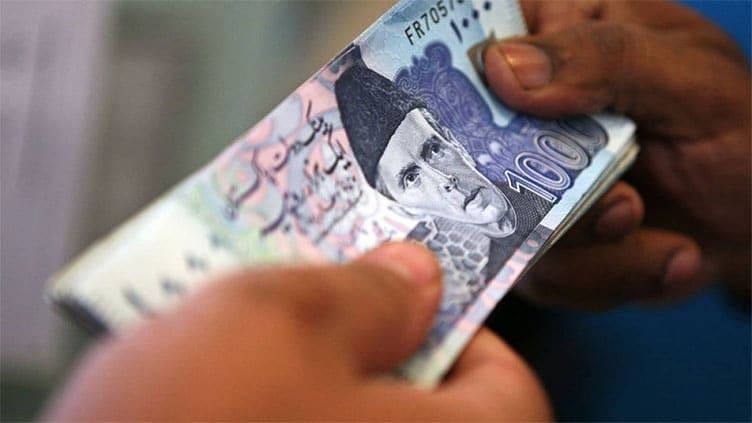CPEC ML1 Project Pakistan and China Finalize 7B Railway Plan
The CPEC ML1 Project has entered a decisive phase as Pakistan and China finalized plans for financing the $7 billion railway line under the second phase of the China-Pakistan Economic Corridor (CPEC). Planning and Development Minister Ahsan Iqbal announced that a consortium of bilateral and multilateral financiers—including the Asian Development Bank (ADB) and the Asian Infrastructure Investment Bank (AIIB)—would jointly fund the 1,700 km railway project from Karachi to Peshawar.
This landmark agreement was reached during Prime Minister Shehbaz Sharif’s recent visit to China, marking a new chapter in bilateral cooperation and regional connectivity.
What is the CPEC ML1 Project?
The Mainline-1 (ML1) project is the largest railway infrastructure initiative in Pakistan’s history, designed to modernize the country’s most important rail corridor.
- Length: 1,700 kilometers
- Route: Karachi to Peshawar, passing through key cities like Hyderabad, Multan, Lahore, and Rawalpindi
- Objective: Upgrade the existing track for high-speed passenger and freight trains
- Cost: $7 billion
By revamping ML1, Pakistan aims to reduce travel time, increase freight handling capacity, and enhance trade routes under CPEC.
Read Also Here:
Australia Skilled Visa 2025 New Rules and Application Guide
Financing Structure: The Role of ADB and AIIB
One of the most critical aspects of the CPEC ML1 Project is its financing. Minister Ahsan Iqbal confirmed that China had assured funding, but to ensure sustainability, a multi-financier model was agreed upon.
The consortium includes:
- Asian Development Bank (ADB): Providing international financial oversight and long-term credit support.
- Asian Infrastructure Investment Bank (AIIB): Backing infrastructure development with China’s partnership.
- Government of China: Offering direct project financing and technology transfer.
- Government of Pakistan: Contributing local resources and ensuring implementation.
Negotiations are expected to be finalized within one month, paving the way for construction to start under the 2025–2029 action plan.
Features of the Upgraded ML1 Line
The upgraded CPEC ML1 railway will transform Pakistan’s rail network with state-of-the-art features:
- High-Speed Trains: Passenger trains will operate at speeds up to 160 km/h.
- Increased Freight Capacity: The project will triple freight handling capacity, easing pressure on highways.
- Double Tracks: The entire line will be double-tracked to improve efficiency.
- Modern Signaling Systems: Safety and communication upgrades will reduce accidents.
- Job Creation: Thousands of direct and indirect jobs are expected during construction and operation.
Why is the ML1 Project Important for Pakistan?
The ML1 project is not just about railways—it’s a strategic investment in Pakistan’s future.
Economic Benefits
- Boosts logistics efficiency by reducing freight costs.
- Improves trade competitiveness by speeding up cargo movement.
- Attracts foreign investment by ensuring reliable infrastructure.
Social Benefits
- Reduces travel time for millions of daily commuters.
- Creates thousands of jobs in construction, engineering, and operations.
- Improves regional accessibility for remote areas.
Regional Connectivity
The ML1 is part of the China-Pakistan Economic Corridor, a flagship project of China’s Belt and Road Initiative (BRI). It will connect South Asia with Central Asia and beyond, turning Pakistan into a trade hub.
China’s Role and Additional Commitments
During PM Shehbaz Sharif’s visit, China not only reaffirmed its commitment to the ML1 Project but also agreed to finance the Karakoram Highway expansion.
This highway, linking Pakistan with China’s Xinjiang region, will further strengthen cross-border connectivity. The dual investment—rail plus road—shows China’s strategic commitment to Pakistan’s infrastructure growth.
Challenges and Concerns
Despite its promise, the CPEC ML1 Project faces challenges:
- High Cost: At $7 billion, the project is one of Pakistan’s costliest ventures.
- Debt Sustainability: Critics worry about repayment obligations.
- Implementation Delays: Past CPEC projects suffered delays due to bureaucratic hurdles.
- Security Concerns: Protecting infrastructure and workers in remote areas is critical.
However, by involving multilateral institutions like ADB and AIIB, Pakistan hopes to ensure greater transparency and sustainability.
Timeline and Action Plan (2025–2029)
The ML1 project will be implemented in phases:
- 2025: Final financing agreements signed.
- 2026–2027: Groundbreaking and start of construction.
- 2028–2029: Completion of double tracks and signaling upgrades.
- Beyond 2029: Expansion to integrate with Central Asia’s trade networks.
Impact on Bilateral Relations
The CPEC ML1 Project is more than an infrastructure upgrade—it is a symbol of Pakistan-China strategic friendship.
- It reaffirms China’s trust in Pakistan’s economic potential.
- It demonstrates Pakistan’s commitment to modernizing infrastructure.
- It strengthens cooperation with multilateral banks, adding international legitimacy.
By securing multi-financier support, the project reduces overreliance on one country while maintaining China as the anchor partner.
For more official details, visit the China-Pakistan Economic Corridor Official Website
.
Conclusion
The CPEC ML1 Project stands as a transformative development for Pakistan. With $7 billion in financing from China, ADB, and AIIB, the Karachi-Peshawar railway will become the backbone of the country’s transportation system.
Beyond infrastructure, the project represents economic growth, job creation, and regional integration under the CPEC framework. While challenges remain, the project is expected to reshape Pakistan’s future and strengthen its role as a strategic hub of trade and connectivity in Asia.
Read More Here:
















